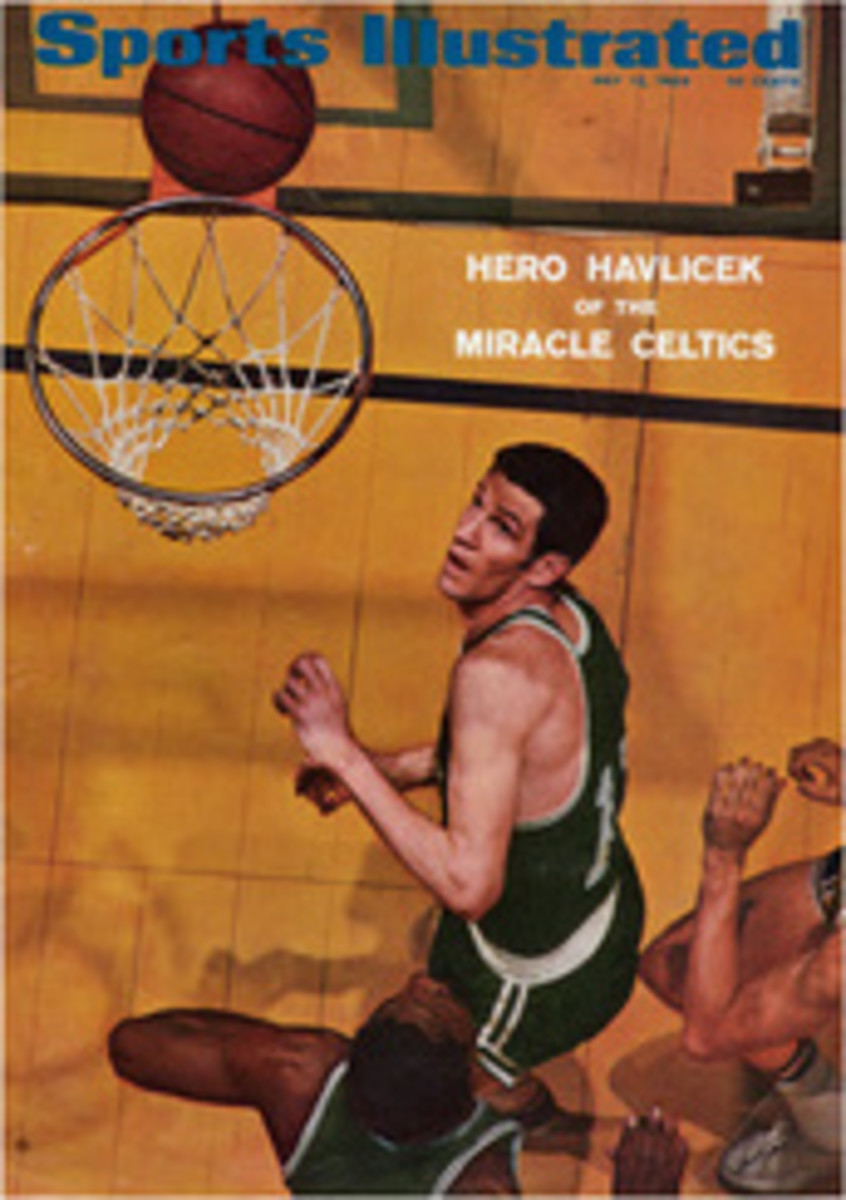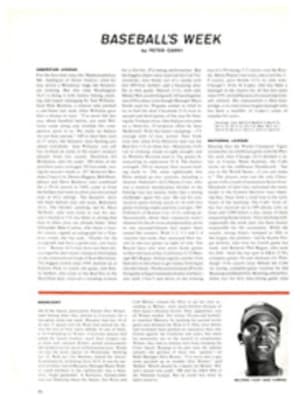
LETTER FROM THE PUBLISHER
For many months the terrible events of an August night in 1967 in Glacier National Park have been considered almost as mysterious as they were tragic. Grizzly bears, erratic and vicious but never before killers in this particular area, were obviously to blame—but neither wildlife authorities nor park officials could agree on what really happened or why. Now Jack Olsen, in his story The Grizzly Bear Murder Case, which begins on page 38, has contributed a great deal to the understanding of what took place that night.
Olsen started his investigation into the circumstances with the sort of painstaking research that went into his earlier books, e.g., The Climb Up To Hell, Black Is Best: The Riddle of Cassius Clay, The Black Athlete: A Shameful Story and Silence on Monte Sole. A 43-year-old Philadelphia-born journalist who began his literary career as a police reporter, Olsen worked his way through the confused and contradictory reports on the grizzly attacks, mastered the scientific literature (scarcely less contradictory) on grizzlies and taped dozens of interviews with witnesses, survivors, rangers, scientists, the physicians who tended the injured, journalists who reported the events and campers who had gone through narrow escapes from grizzlies.
He has woven the result into a minute-by-minute narrative, concentrated on the four hours in which the attacks occurred, evoking the savagery of the wilderness with an intensity that links his book with the masterpieces of the genre in American literature. Olsen's account of the Glacier Park mystery is strictly factual, but in its form, in the economy of its telling and in the sense of mystery it evokes, it belongs with the best of the type of story, of which Henry James' The Turn of the Screw is the classic example.
Assembling the facts was never easy. The people who had worked with the victims in the park did not want to relive the pain of those long hours. Park officials were reluctant to say anything. Olsen and his wife visited Glacier and he tramped over the trails until he became familiar with every campground, ridge, lakeshore and mountain meadow mentioned in the text. "I went to Glacier expecting the files in this case to be thrown open to me," he said. "I caught the rangers by surprise, I think, and they did turn over all the records, but after I had copied 20 or 30 documents on my portable copier, the chief park ranger came in and took the copies away from me." Olsen wired a protest to the then-Secretary of the Interior, Stewart Udall. "As I recall," he says, "I argued that such censorship was contrary to the public interest; it might be applicable to matters of national defense and war, but certainly not to the behavior of grizzly bears." Eventually his copies were returned and the files again made available to him. But many key documents were missing.
It may have been just as well. He had to fill in the gaps by more intensive interviewing, and as a result the young victims began to live in his imagination with a reality that would never have become visible through the cold prose of official reports. His book (to be published by G. P. Putnam's Sons in July as Night of the Grizzlies) is a mystery story and a suspense story as well as an extraordinary feat of reporting. It is, finally, deeply moving in its characterizations and in its portrait of a great park transformed in an instant into a trap of death.

